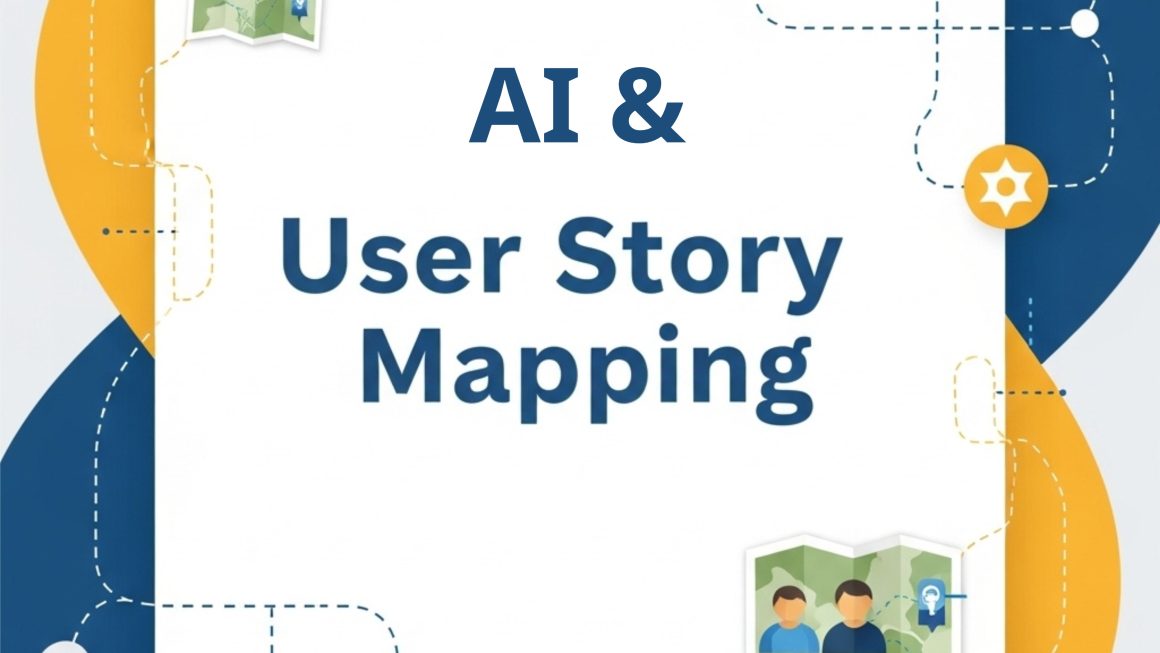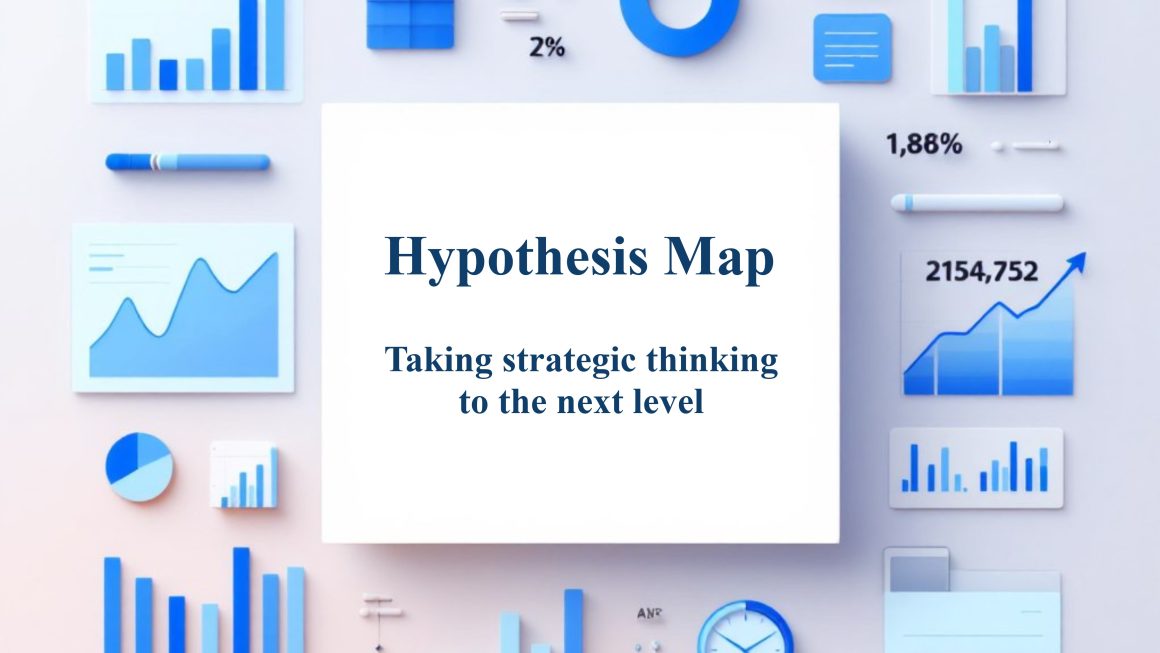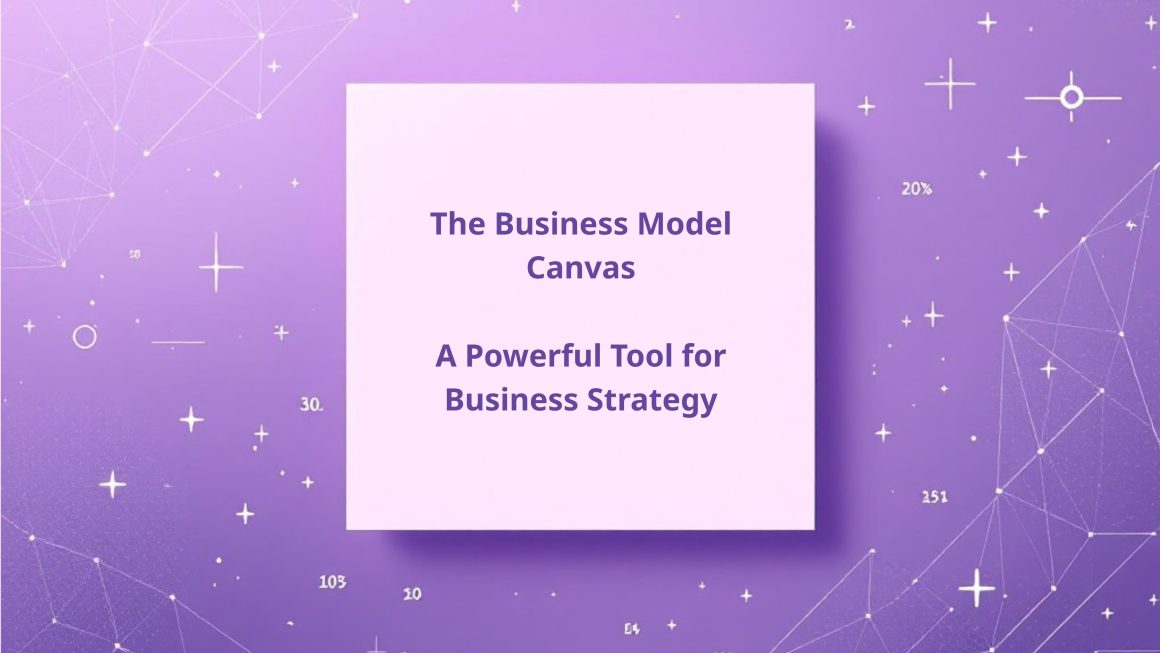A User Story Map is not merely a task list, but a visual representation of the user’s journey through your product.
Imagine a horizontal axis where the main user actions or “activities” are located.
For example, “Searching for a product,” “Placing an order,” “Tracking delivery”.
Vertically beneath each activity are “user stories” — specific tasks that the user performs within that activity.
For example, “As a buyer, I want to find a product by name,” “As a buyer, I want to add an item to the cart”.
The main idea is to create a common, holistic understanding of the product and its functionality from the user’s perspective.
It allows the team and stakeholders to see the “big picture” — the entire user journey — and then decompose it into smaller, manageable parts that can be developed and released iteratively.
It helps not to lose sight of the ultimate goal and value for the user, even when work is being done on individual features.
A User Story Map is a tool that finds its application at various stages of the product lifecycle and is utilized by a wide range of specialists.
When to use it:
At project inception: To define the scope of work and form the initial backlog.
When planning releases: To define the MVP (Minimum Viable Product) and subsequent iterations, allowing the selection of the most valuable stories for each release.
For reorganizing an existing backlog: If the backlog has become too large and unmanageable, the map helps to structure it.
When adding new major functionality: To understand how it fits into the overall user journey.
For improving communication: Between the development team, business, and stakeholders.
Who uses it:
Product Owners and Business Analysts: For defining and prioritizing functionality.
Scrum Masters and Project Managers: For facilitating the process and planning.
Development Teams (Developers, Testers): For a better understanding of the context and value of what they are creating.
UX/UI Designers: For designing user interfaces that align with real-world usage scenarios.
Stakeholders: For gaining a clear visual understanding of the product and its development.
Like any tool, a User Story Map has its advantages and disadvantages.
Pros:
Shared Understanding: Creates a unified vision of the product for the entire team and stakeholders.
User-Centricity: Focuses attention on the user’s journey and needs, rather than just a list of features.
Visualization: Clarity helps to better perceive information and identify gaps.
Prioritization: Simplifies the process of defining MVP and planning releases, allowing the most valuable parts of the product to be highlighted.
Gap Identification: Helps to discover missed steps in the user journey or overlooked scenarios.
Improved Communication: Serves as an excellent basis for discussions and decision-making.
Cons:
Time-consuming at the start: Creating a map can take significant time, especially for large and complex products.
Requires facilitation: Effective map creation necessitates an experienced facilitator who can guide the process and engage all participants.
Can become cumbersome: For very large products, the map can become too voluminous and difficult to manage if not kept up-to-date.
Does not replace detailed requirements: The map provides a high-level overview, but development will still require more detailed specifications and acceptance criteria.
Requires involvement: The effectiveness of the map depends on the active participation of all key stakeholders.
Artificial intelligence (AI) can significantly simplify and accelerate the process of creating and refining a User Story Map, acting as a powerful assistant.
1. Generating ideas for activities and stories:
How AI helps: Based on a brief description of the product or target audience, AI can suggest main user activities and dozens of potential user stories.
Example: You input: “Create an online programming course platform.” AI can suggest activities: “Registration and Login,” “Course Search,” “Course Completion,” “Instructor Interaction,” “Certificate Acquisition.” And for each activity — stories: “As a student, I want to register via a Google account,” “As a student, I want to find Python courses for beginners,” “As a student, I want to see my course progress.”
2. Clustering and categorization of stories:
How AI helps: If you have a large list of unstructured ideas or requests, AI can analyze their content and group them by similar themes or user activities.
Example: You upload 100+ disparate user requests. AI identifies that “Change password,” “Restore access,” and “Set up two-factor authentication” belong to the “Profile Management” activity, while “Leave a review,” “Like,” and “Share” belong to “Content Interaction.”
3. Assistance with prioritization:
How AI helps: Based on specified criteria (e.g., “high user value,” “low implementation complexity,” “high risk”), AI can suggest an initial prioritization of stories or highlight those that seem most critical for the MVP.
Example: You indicate that for the first release, stories related to basic functionality and high frequency of use are important. AI suggests moving “Product Search” and “Add to Cart” stories to the top of the first release, and “Wishlist” to subsequent ones.
4. Identifying gaps and incomplete scenarios:
How AI helps: By analyzing the sequence of user stories, AI can point out logical omissions in the user journey or suggest additional stories to ensure scenario completeness.
Example: Your map includes “Adding an item to the cart” and “Paying for the order.” AI might suggest: “What about ‘Viewing cart contents’ or ‘Changing the quantity of items in the cart’?”
5. Expanding and detailing stories:
How AI helps: Based on a brief user story title, AI can generate a more detailed description, acceptance criteria, or even suggest subtasks.
Example: You input: “As a buyer, I want to pay for the order.” AI can expand: “Description: The user should be able to select a payment method (card, PayPal, Google Pay) and complete the transaction. Acceptance Criteria: 1. The user can select one of the available payment methods. 2. The system successfully processes the payment. 3. The user receives payment confirmation. 4. The order status is updated to ‘Paid’.”
In combination with the capabilities of artificial intelligence, the process of creating and maintaining a User Story Map becomes even more efficient and less labor-intensive. AI does not replace human thinking, creativity, and collaboration, but acts as a powerful catalyst, helping teams to more quickly and accurately create products that users truly need and love.
Use the User Story Map with the help of AI so that your product is not just a set of features, but a complete, logical, and enjoyable journey for every user!
What about you: do you use this tool and AI? Share your experience, it would be great and useful.




